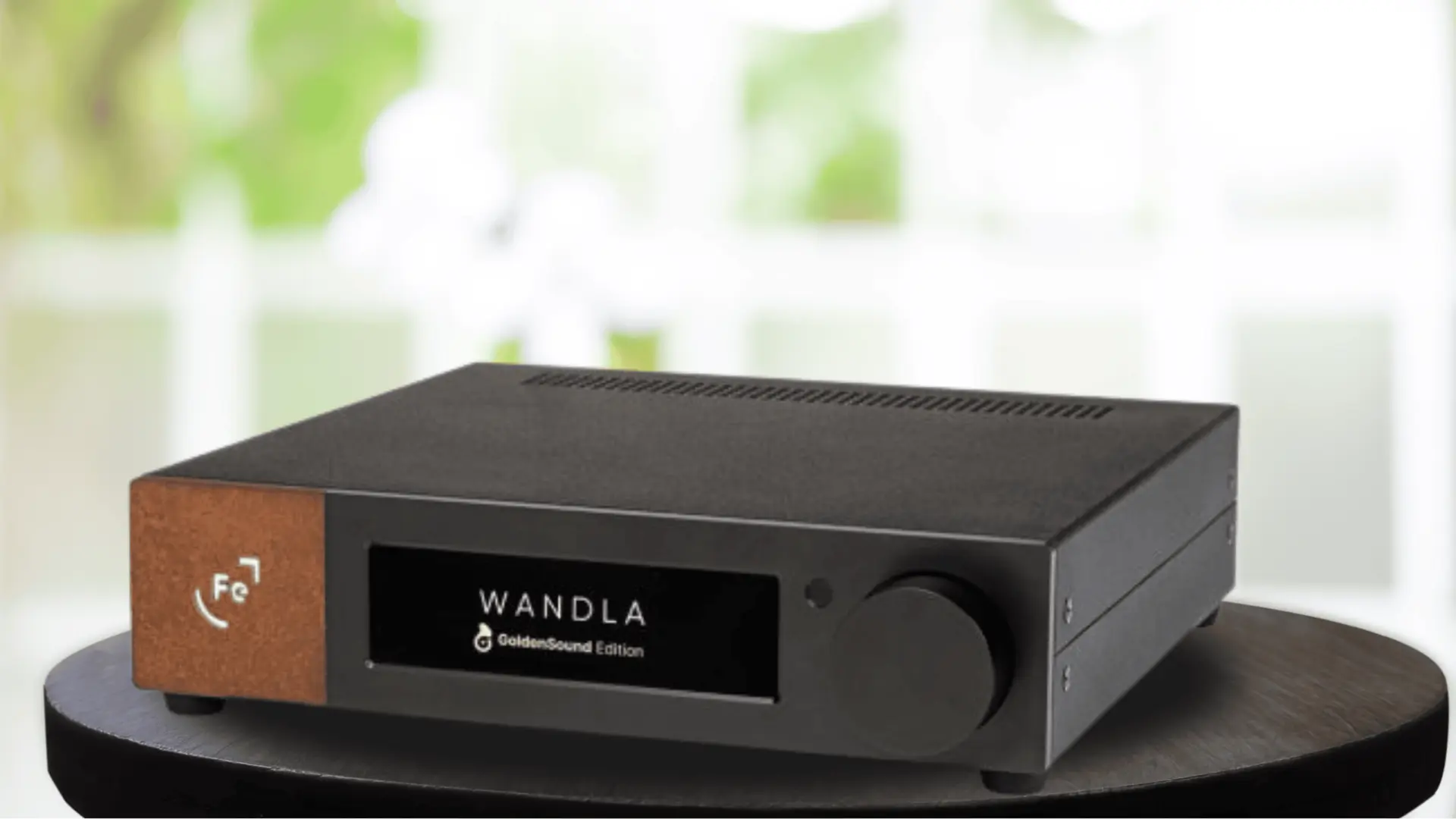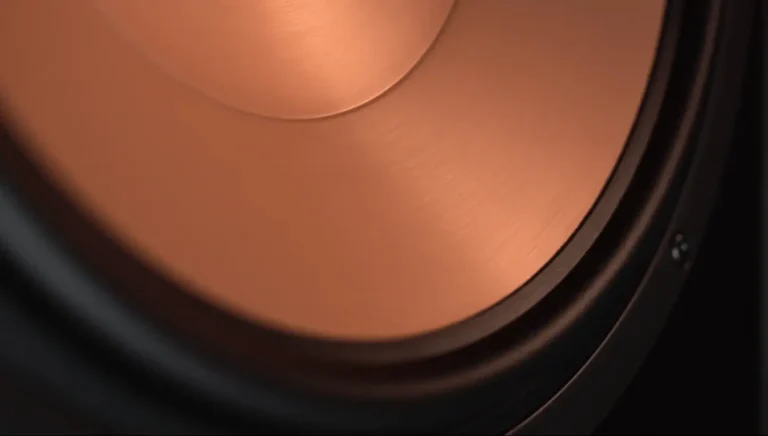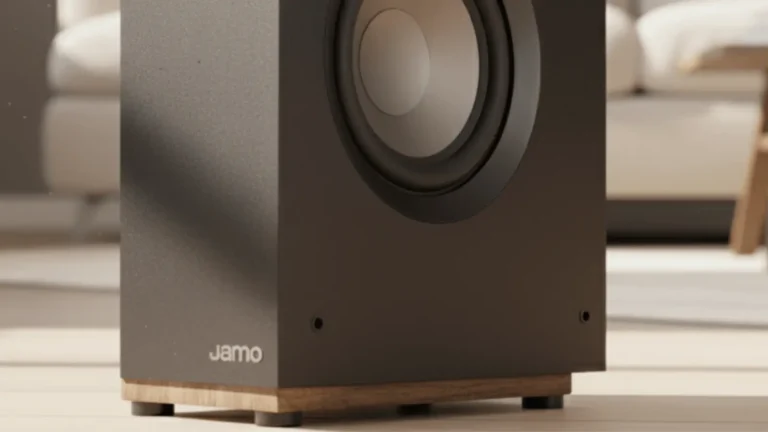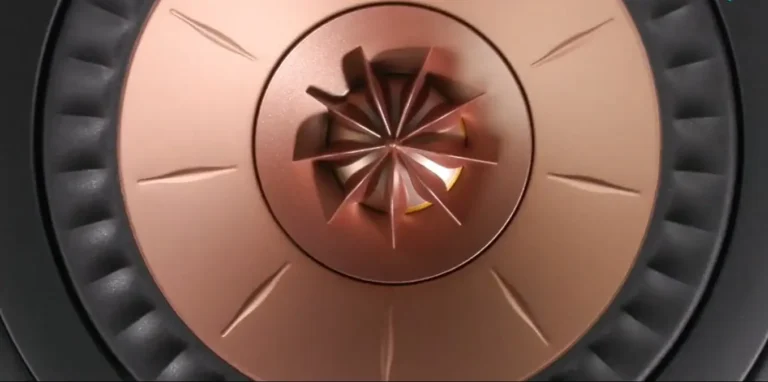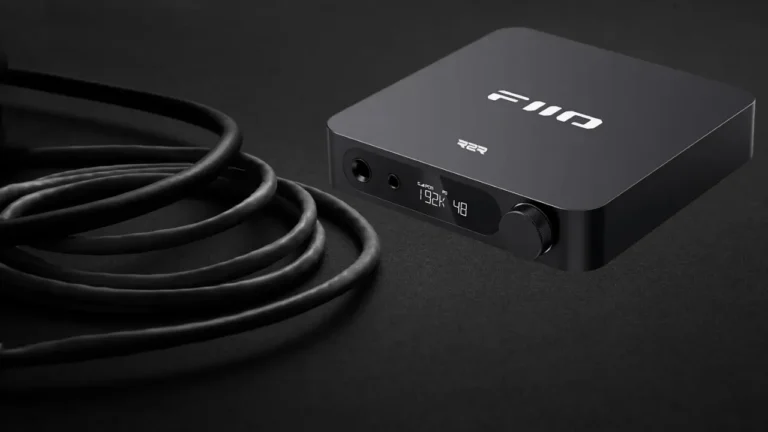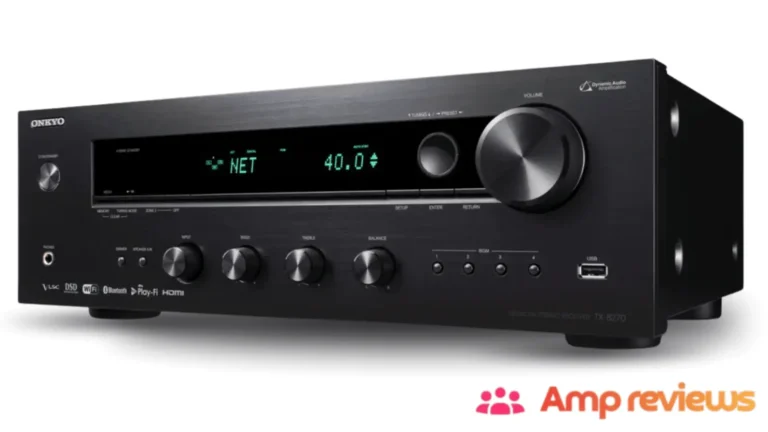Ferrum Wandla DAC Test: How To Get Warmth And Softness in Digital
In the world of digital-to-analog converters, there is a very clear hierarchy in terms of quality class and components used. The most affordable devices use low- and mid-range DAC chips, mid-price devices use exclusively top-end chips, and the most expensive components use chips extremely rarely: it is believed that maximum sound quality can only be achieved using complex discrete circuits with R2R matrices. In this review, I will be testing the Ferrum Wandla DAC and sharing a detailed analysis of all its features and performance.
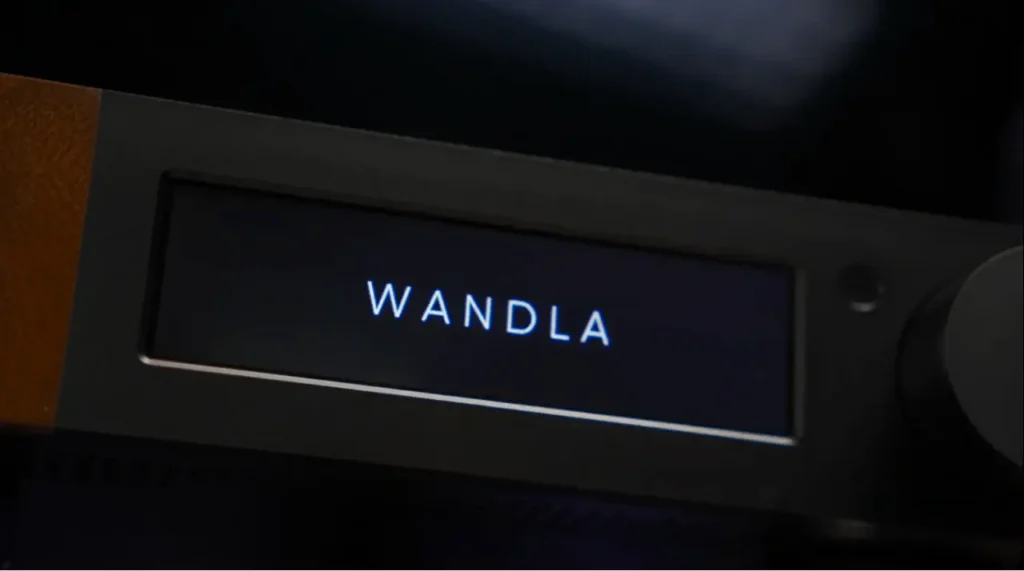
But sooner or later, there will be a manufacturer who will turn the simple and understandable hierarchy on its head and do something that, according to the majority, was impossible. The Polish company HEM (the same one that several years ago was involved in the development and production of Mytek DACs) started just such a revolution by introducing the proprietary Ferrum Wandla DAC, produced under its own Ferrum Audio brand.
Check Out: Ferrum Audio OOR Review
From Newcomer to EISA Award-Winner
The Ferrum Audio brand is not just young by hi-fi standards: it is practically a baby that was recently born, but at the same time, three of the four devices included in its range have already received an EISA award. Specifically, Ferrum Wandla DAC became the best European DAC in 2023, beating out many famous and solid-looking competitors.
The situation itself looks very funny: a small desktop device half the size of a standard Hi-Fi component leaves everyone behind. On the other hand, if you remember the magnificent Manhattan DAC that HEM made for the Mytek brand several years ago, the picture does not look so incredible.
But Ferrum is a kind of reincarnation of Mytek, and Marcin Hamerla, with the same development team, created the devices completely from scratch, using a completely new, revolutionary design approach. This sets them apart from any other R&D teams within manufacturing companies, which have been accustomed to working under an unchanging orthodox philosophy for years.
Power First: The Hypsos Ecosystem
The debut of the Ferrum Audio brand on the market was very original. At the forefront was a device called the Hypsos, and it was an audiophile power supply that not only delivered the cleanest power possible but also allowed the user to influence the sound character of the device by precisely selecting the output voltage.
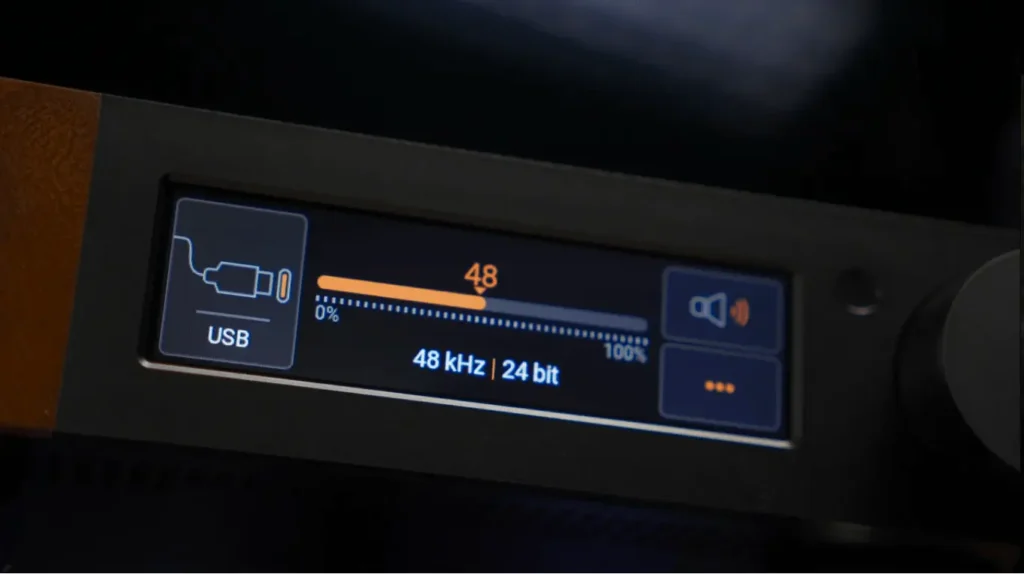
Hypsos also implements a special Ferrum Power Link bus, which uses special cables with feedback to connect consumers, eliminating the negative impact of the linear characteristics of conductors on the sound, even when using a long connector.
Accordingly, the entire proprietary Ferrum ecosystem is based on the principle of separate components, but the optional power supply is a separate device.
The standard configuration of the Ferrum Audio Wandla DAC and any other Ferrum audio component features an external switching power supply, similar to that of a laptop. Moreover, the power supply is of high quality, sourced from the world-respected company Mean Well. However, to maximize the sound of a proprietary DAC, consider Hypsos.
It is also noteworthy that when you place two Ferrum devices side by side, you get the size of a standard stereo component. Thus, they can be placed not only in a stack on the table, but also in a classic high-fi rack.
How Custom Code Unlocks a Better Sound
So, what’s inside the Wandla itself? According to the manufacturer, it has a SERCE (Polish for “Heart”). This is their proprietary hardware and software platform, a powerful ARM-based micro-computer that replaces five main chips typically responsible for digital signal routing, MQA decoding, and digital filtering.
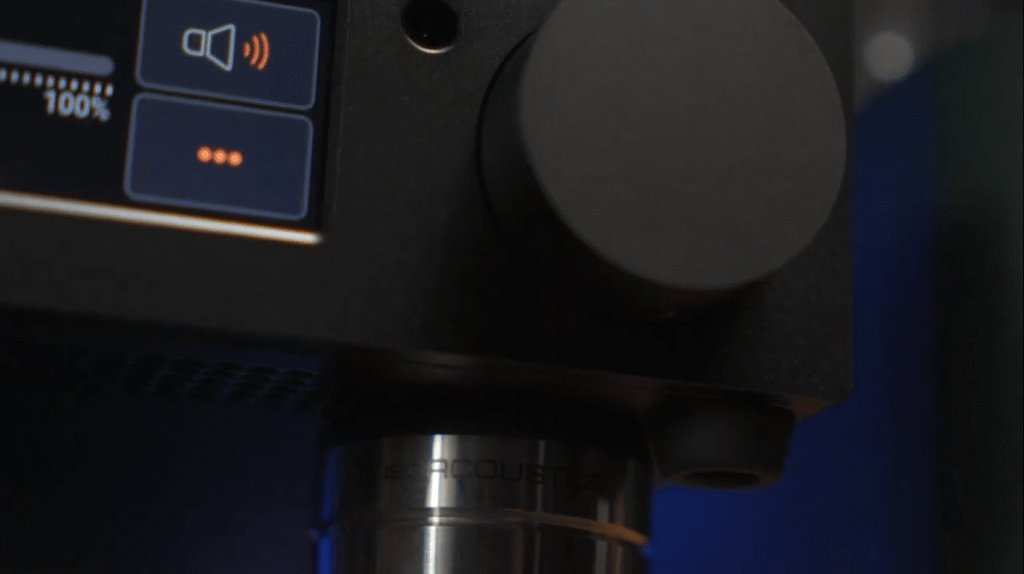
Wandla has no separate USB controllers, input switchers, or standard decoders. This “heart-first” approach radically differs from competitors and gives it a serious technical advantage. By consolidating the digital path onto a single ARM chip, the developers eliminated the need to clock multiple separate chips, drastically reducing the total jitter of the device.
This innovation is matched by comprehensive connectivity. Alongside optical and coaxial, the Ferrum Wandla DAC features AES/EBU, a modern USB-C port, I2S over HDMI, and even an HDMI ARC input for your TV. It has every digital input you could need, but no input for an external clock—the internal one, controlled by SERCE, is designed to be that good.
You may like: Ferrum Audio Erco DAC Review
For the digital-to-analog conversion itself, Ferrum uses the flagship ESS Sabre ES9038PRO chip, but not like everyone else. Alongside the standard ESS filters, the menu features two original HQ filters developed by Jussi Laako, the creator of HQ Player, known as “Sygnalyst.” Ferrum plans to add even more unique filters via future firmware updates.
More Than Just a DAC: The Wandla’s Analog Soul and Preamp Power
The analog section of the Wandla features a fully symmetrical architecture. It even includes an analog RCA input, and the signal from it is immediately converted to a balanced form for processing.
The Wandla cleverly incorporates both analog and digital volume controls, making it a perfect hub for a system with active monitors. When using digital sources, both volume modes are available. For the analog input, only the analog volume control is used, ensuring a pure signal path with no unnecessary ADC-DAC conversions. This makes the Ferrum Wandla DAC a true analog preamp for sources like a turntable. For the best sound quality, the analog control is preferable, though both can be bypassed entirely.
The Listening Test: From Analytical to Organic with One Click
To evaluate the Ferrum Wandla DAC, I used a variety of systems, and its character was immediately clear: this is a top-class device with excellent resolution, a smooth tonal balance, and impressive dynamics. It renders music with a sophistication and realism that unearths nuances completely lost on lesser DACs. You can hear the evolution in Diana Krall’s vocals over the years, a detail budget DACs could never reveal.
The secret to this exceptional quality was revealed when switching digital filters. The standard “ESS” filters provided the clean, analytical, and slightly clinical sound characteristic of the ES9038PRO chip. It’s precise, but can lack the final touch of life.
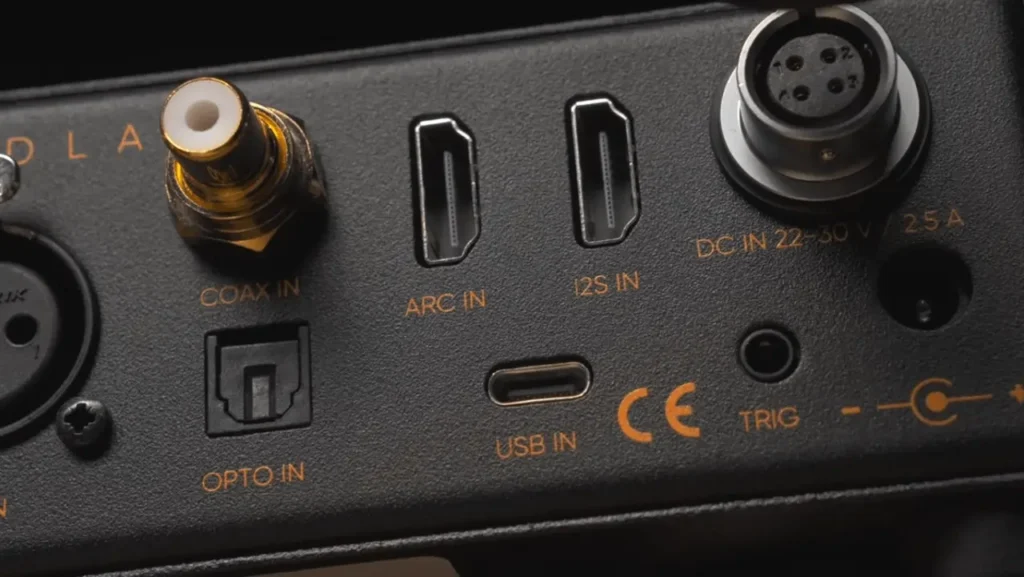
But switching to the “HQ” filters from Sygnalyst was transformative. The sound became lively, natural, and expressive. The two HQ filters offered distinctly different flavors:
- Gaussian Filter: Delivered significant bass weight, a voluminous soundstage, and a sweeping, large-scale presentation perfect for rock, electronic music, and large orchestras.
- Apodizing Filter: Shifted focus to the midrange, making vocals intimate and clear. It tightened the bass and presented a more compact, dense, and elastic sound, ideal for jazz, chamber classics, and complex electronic music.
The feeling is like choosing between a neutral, pedantic studio monitor and a relaxed, “tasty” home audio sound—all within one device. Even in a system with neutral planar headphones, the HQ filters brought a comfortable warmth and softness to the music.
Conclusion:
The Ferrum Wandla DAC has an extremely deceptive appearance. It’s stylish and compact, but its chip-based design doesn’t scream “ultra high-end.”
That is, until you turn it on. Once you hear it, it’s clear that judging by its looks or specs was a mistake. The EISA award is 100% deserved. This device is truly outstanding because it frees enthusiasts from the need for a massive, complex rack of equipment. Thanks to its brilliant volume control and analog input, you can build a minimalist system without sacrificing sources or performance. The only thing you can’t choose is the color. In the tradition of Henry Ford, you can have any color as long as it’s black.
PROS
- Expressive, detailed, and dynamic sound
- Ability to completely change character with HQ digital filters
- Excellent analog and digital volume controls
- Functions as a high-quality analog preamp
CONS
- No choice of finishing options
Ferrum Wandla DAC Specifications
- DAC chip: ESS Sabre ES9038PRO
- Maximum resolution: 768 kHz/32 bit, DSD 256
- Frequency range: 10-200,000 Hz (+/- 0.1 dB)
- Dynamic range: 127 dB
- Harmonic distortion: -123 dB
- Digital inputs: Coaxial, Optical, AES|EBU, USB-C, I2S (HDMI), HDMI with ARC
- Analog inputs: Unbalanced RCA
- Analogue outputs: Unbalanced RCA, Balanced XLR
- Dimensions: 217x206x50 mm
- Weight: 1.8 kg

